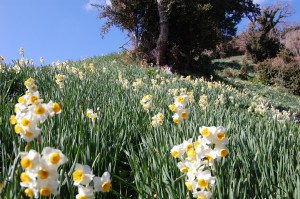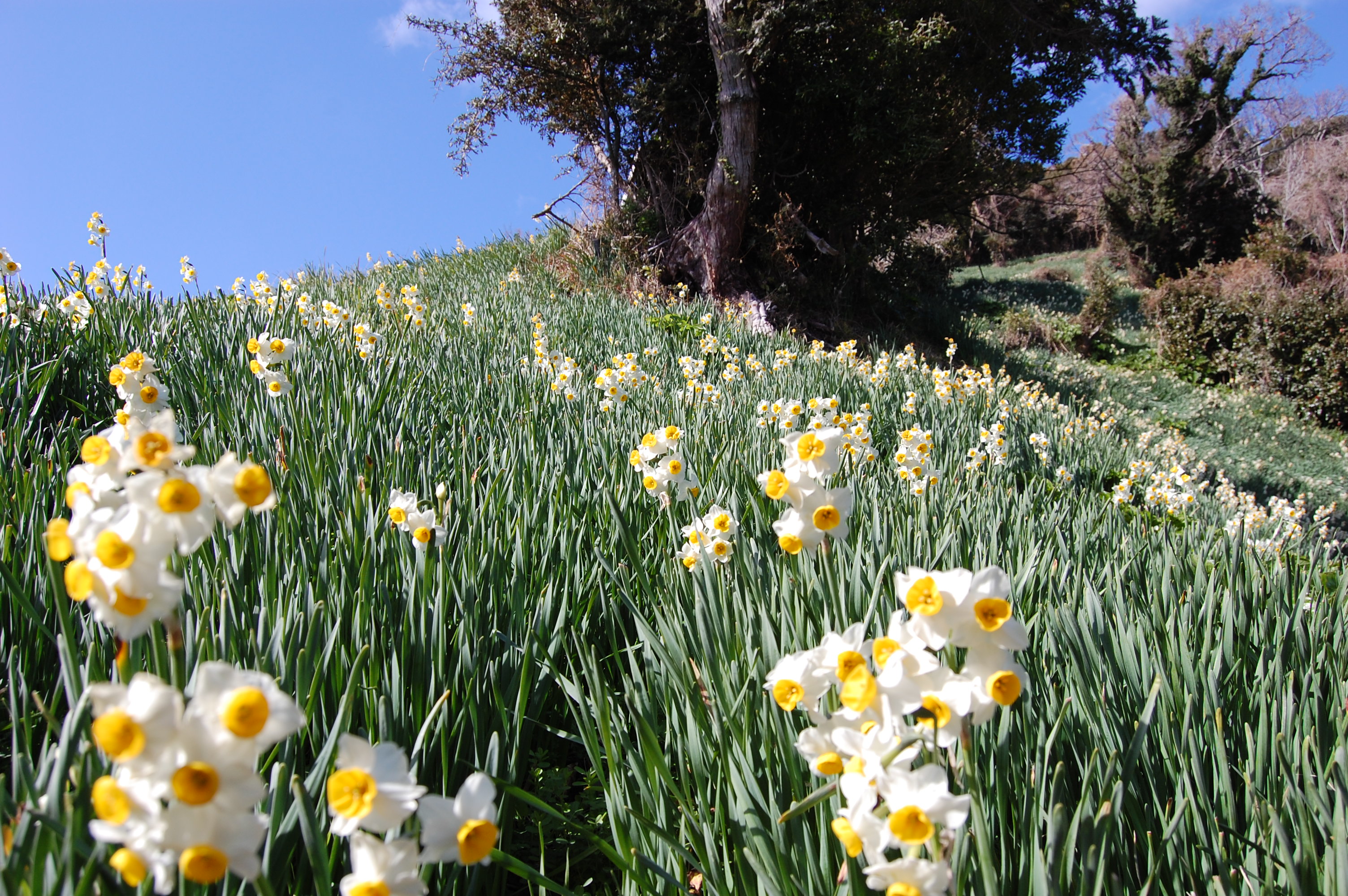Naturally in Tune with Nature
 With the season changing, you may have noticed certain things on your commute to school or had them pointed out to you by your Japanese friends or coworkers. What I’m talking about is Nature – which is pretty hard to miss when you live in a country whose culture respects and celebrates nature with all four seasons. Some of you HS ALTs had the pleasure (or pain) of reading a selected few student essays on “Japanese Strong Points.†A recurring answer was Japanese four seasons (å››å£). For many of us, having four seasons is not a big deal. Besides the relentless questions “Can you use chopsticks?†and “Do you like rice?†I’m sure you’ve all had the conversation with a local who was surprised that you came from a country with four seasons too. But there is a reason the Japanese make this mistake, as the way they see seasons and nature is innately and completely different from that of most countries.
With the season changing, you may have noticed certain things on your commute to school or had them pointed out to you by your Japanese friends or coworkers. What I’m talking about is Nature – which is pretty hard to miss when you live in a country whose culture respects and celebrates nature with all four seasons. Some of you HS ALTs had the pleasure (or pain) of reading a selected few student essays on “Japanese Strong Points.†A recurring answer was Japanese four seasons (å››å£). For many of us, having four seasons is not a big deal. Besides the relentless questions “Can you use chopsticks?†and “Do you like rice?†I’m sure you’ve all had the conversation with a local who was surprised that you came from a country with four seasons too. But there is a reason the Japanese make this mistake, as the way they see seasons and nature is innately and completely different from that of most countries.
We are all aware by now of the pivotal floral time markers that indicate the beginning or end of a season: Momiji in the fall, sakura in the spring and all those flowers in between –suisen, ume, fuji, agisai, hasu, higanbana. These of course are all reflected in Japanese culture and arts; sending someone a seasonal etegami (letter with a painted or drawn picture), the seasonal artistically beautiful wagashi (sweets) eaten during tea ceremony, the seasonal flowers used in ikebana, and of course, the seasonal food.
I’m not just talking about the festivals celebrated throughout the year like, hanami, tsukimi, or hatsumode. In Japan, you can’t help but notice nature because you hear it, breathe it, see it and eat it. When many of you came to Japan, you heard the almost deafening sound of the cicadas. The Japanese have an insane ability to distinguish one cicada voice from the other, and no doubt, the change marks the shift from one seasonal period to another. The sound of frogs at night lets you know it’s truly summer. Seeing the praying mantis pose on the sidewalk indicates fall. My favorite scent from金木犀, always wafting through the schools, reminds me that it’s time for aki matsuri, when they celebrate the harvest of new rice. Going for a nightly stroll in the inaka to view the hotaru (fireflies) are examples of cultural events timed with nature that the Japanese participate in. I’ve heard more than once that a local could tell it was fall just by looking at the clouds in the sky. Aki no sora (the autumn sky) is also called onnagokoro (woman’s heart), since the sky changes just as often. It’s these proverbs, which are common knowledge to Japanese that reflect how well they know nature. I was having dinner with some Japanese girls, and they were talking about how it takes a peach and a chestnut seed 3 years to fully produce fruit, while a persimmon takes 5. I was surprised and impressed at their knowledge, only to be told that it’s easy to remember because of Japanese kotowaza (proverbs) as well as folk tales.
Living in Japan has brought us gaijin to be more in tune with nature as well; just eating Japanese food is probably the number one way to learn and experience this. We know to buy fruits and vegetables in season, when they are cheapest, or when your fellow farmer coworkers and neighbors dump their plentiful harvest on your doorstep. We know when fish is best eaten because it’s when they are the largest, the most fatty, and essentially the most delicious. Sanma (秋刀éš) in the fall, sawara (é°†) and sayori (ç´°éš) in the spring, fugu (é°’) in the winter, awabi (鮑) and ayu (鮎) in the summer, even some of the kanji in their name reflect the best time to eat them. Sashimi garnish changes with the season, and even sushi respects nature with its strict plating presentation rules mirroring the shapes of mountains and rivers. Even if you are a conbini diner, you too are aware of seasonal change in when breads, drinks and chocolates come out with their flavors of the season. Living in Japan is enough to easily gain that much more knowledge of nature.
The reason why many of us fall in love with Japan is we see the beauty in their appreciation and respect for nature, and how important it is to Japanese culture.




